
Gentle Giants of the Manyeleti
A glimpse of what makes the African elephant so special...
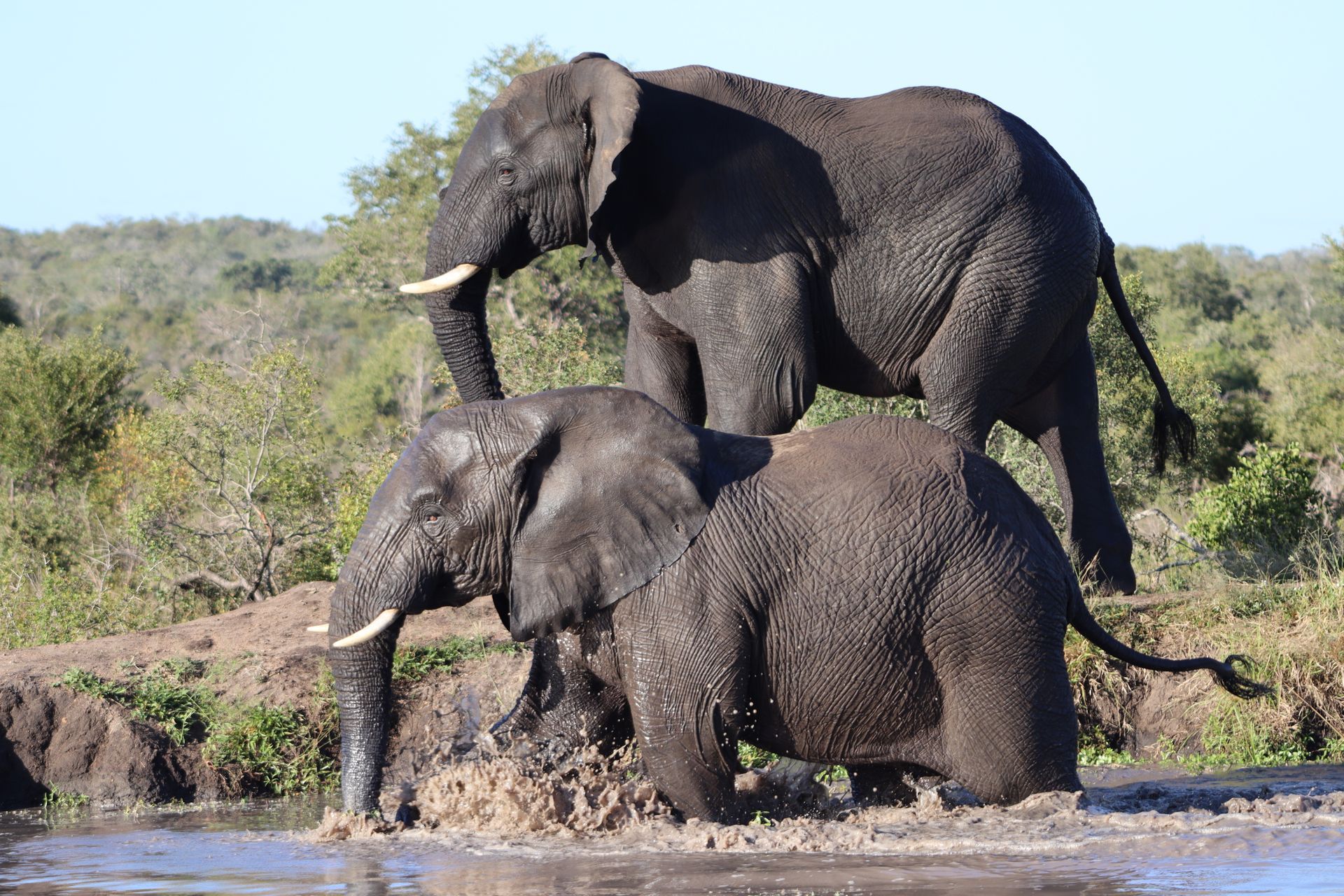
It's one of Africa's most iconic creatures, renowned for its impressive size and remarkable intelligence, revered in traditional folklore for its strength, wisdom, loyalty and incredible memory... Meet the African elephant, Loxodonta Africana, the world's largest terrestrial animal.
The stats speak for themselves where elephants are concerned, with adult bulls weighing in at more than six tonnes and standing up to 4m tall at the shoulders. Both bulls and cows have tusks - modified teeth which keep growing throughout their lives, reaching lengths of up to 2,5m. Their molars, which they replace up to six times throughout their lives, can weigh up to 5kg. They have exceptional longevity, reaching up to 70 years old, often dying of starvation after their last set of teeth wear out. They also have the longest gestation period of all mammals at a whopping 22 months.
Here in South Africa, we have over 30 000 elephants, the bulk of which of which are found in and around the Greater Kruger National Park, which, of course, includes the Manyeleti. Africa's entire population of elephants is estimated at just over 400,000, spread across the continent. Of this, 70% (around 293,000) are found in Southern Africa.
In truth, we could fill a blog with amazing elephant facts and figures, but there is so much more to them than mere statistics. When we see elephants here at Pungwe, we make a point of switching off the game viewer and just watching them from a polite distance, especially where breeding herds are concerned.
By spending time safely observing them without disturbing them, we learn the most about their complex social structures and behaviours and get to understand what makes elephants so special.
Elephants are not naturally aggressive, in spite of their exceptional power. In fact, they are mostly gentle giants and give plenty of warning through body language when they are not comfortable. Our guides "speak" elephant body language so know how to read the mood and when it's appropriate to give them space and move on.
Elephants are highly social animals, living in family groups led by a single cow or matriarch. She is the one who makes important decisions about where to feed, using her knowledge of the territory around her to move her family to the best areas that offer easy access to food and water.
Elephants communicate through a variety of vocalisations and body language, using very low frequency rumbles to stay in touch with one another over huge distances. These rumbles are detected by soft, gel-filled pads on the soles of the elephants' feet and enable extended families and related groups to maintain contact and pass messages.
They are also critically important ecosystem engineers, playing a crucial role in maintaining the balance of their environment, creating and maintaining waterholes, clearing vegetation and preventing encroachment and dispersing seeds through their dung as they move across vast landscapes.
Over countless millennia, elephants have carved pathways between water sources across the sub-continent, these have been used by other animal species, including our own, with many of modern Africa's road systems forged on ancient elephant "highways".
Put into perspective, humans have a lot to thank elephants for, but sadly, the spread of human habitation and conflict with humans over access to resources is threatening elephants' future, along with a demand for their tusks which has decimated populations over the last 50 years. It's estimated that we lose an elephant every 15 minutes to poaching in Africa. That's 100 elephants a day.
Here in the Greater Kruger, one of the biggest threats to elephants is land use, with pressure from agriculture and mining to take more and more habitat away from conservation as the demand for resources increases.
Elephants require vast areas of wilderness to meet their needs and as habitats shrink, they are forced into closer proximity with humans, leading to conflict and sometimes deadly encounters. Conservation efforts therefore rely on working with local communities and commercial interests alike, to promote coexistence, educate and inform and encourage sustainable use of natural resources.
We can only hope that the status quo we have here in the Greater Kruger is maintained and that our elephants remain protected for generations to come. It just would not be Africa without these gentle giants.
All images: Sharon Gilbert-Rivett
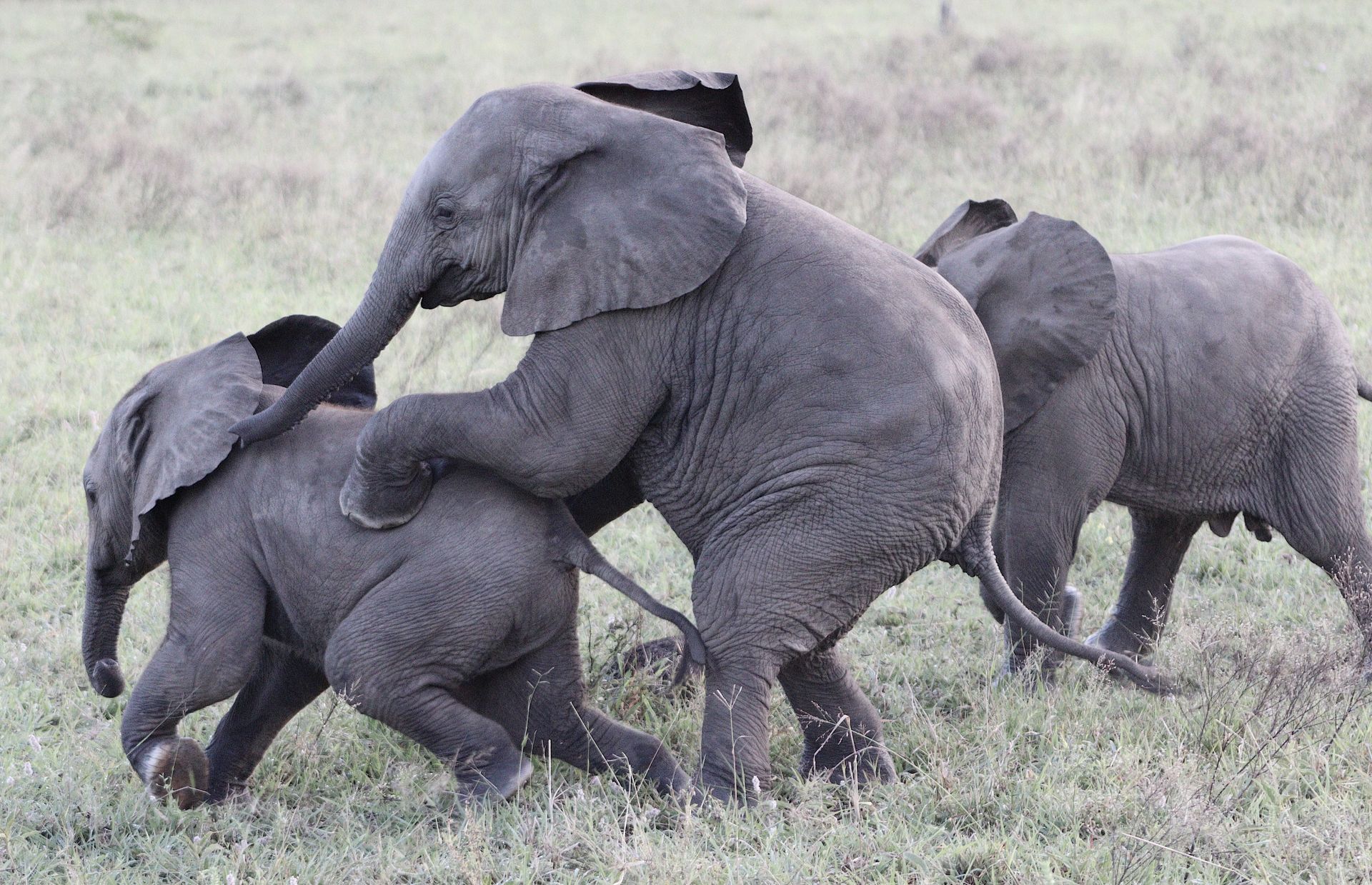
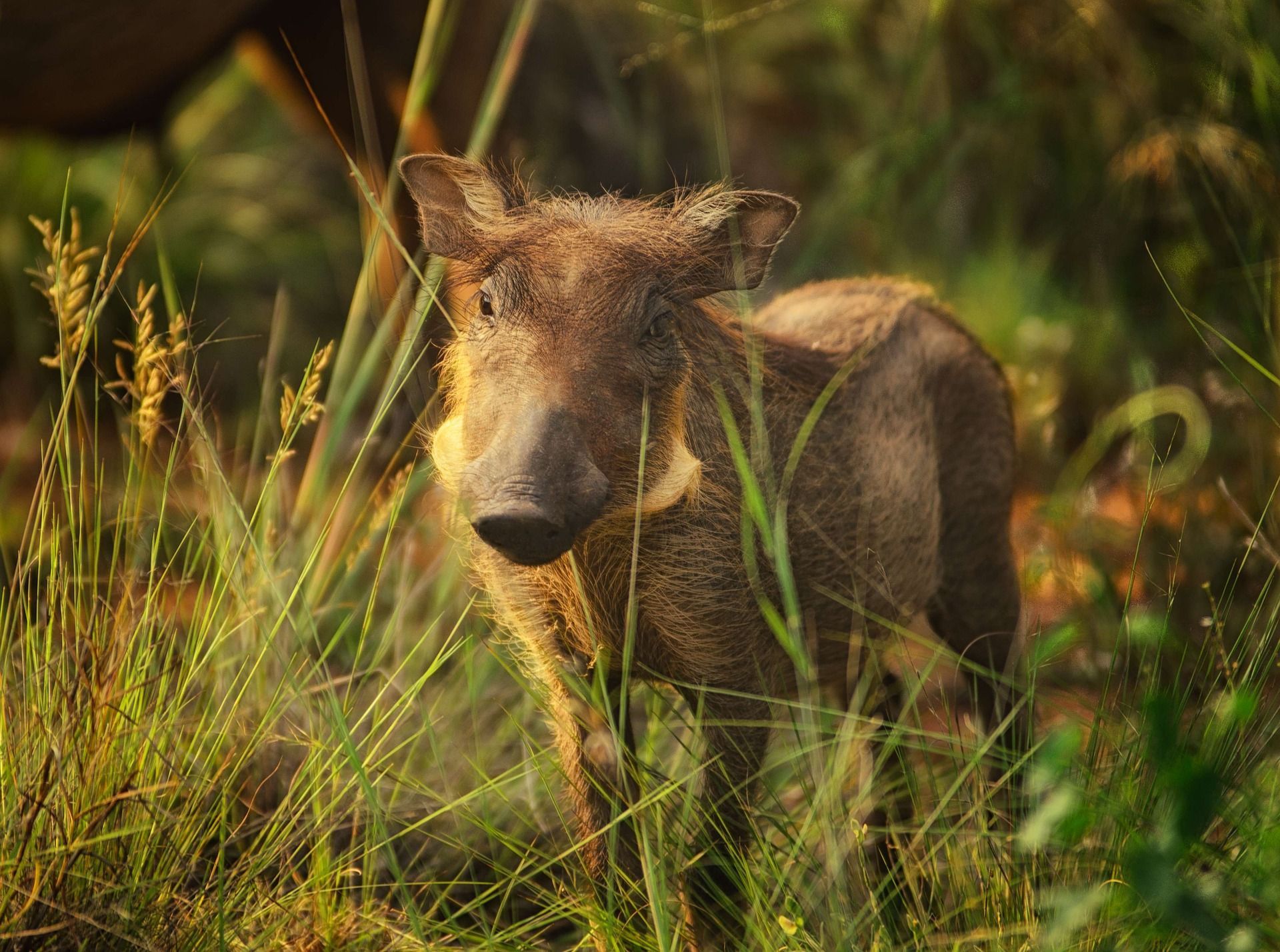
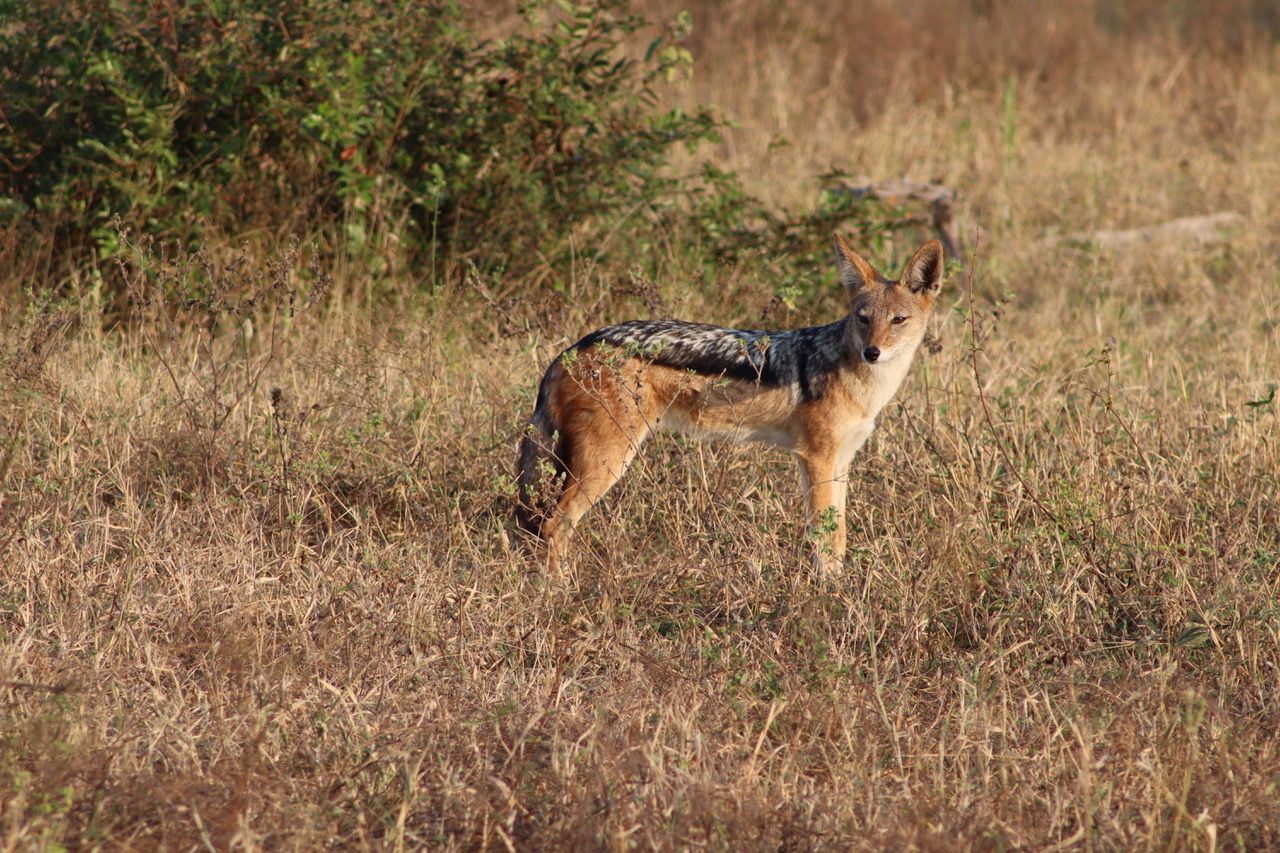
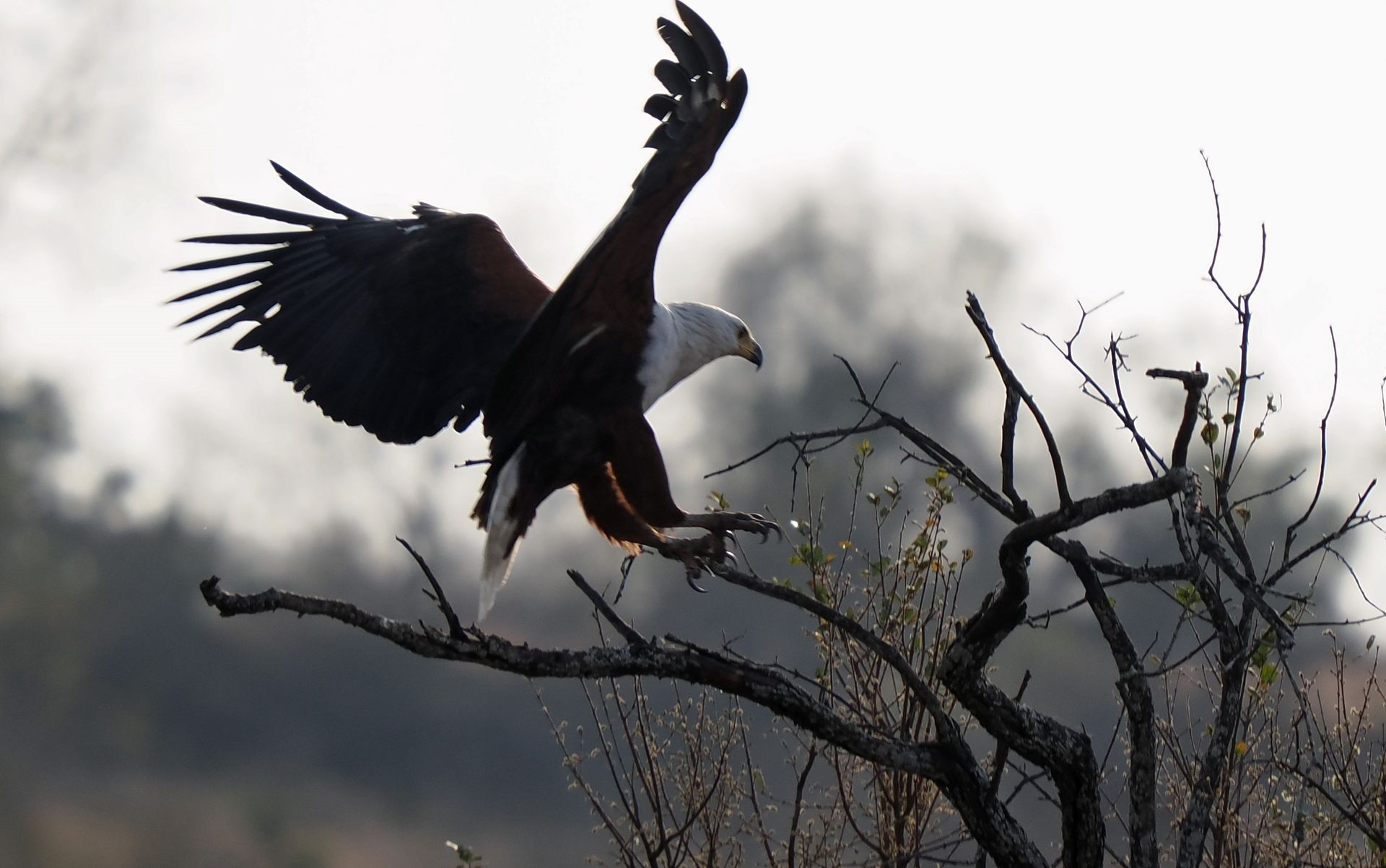
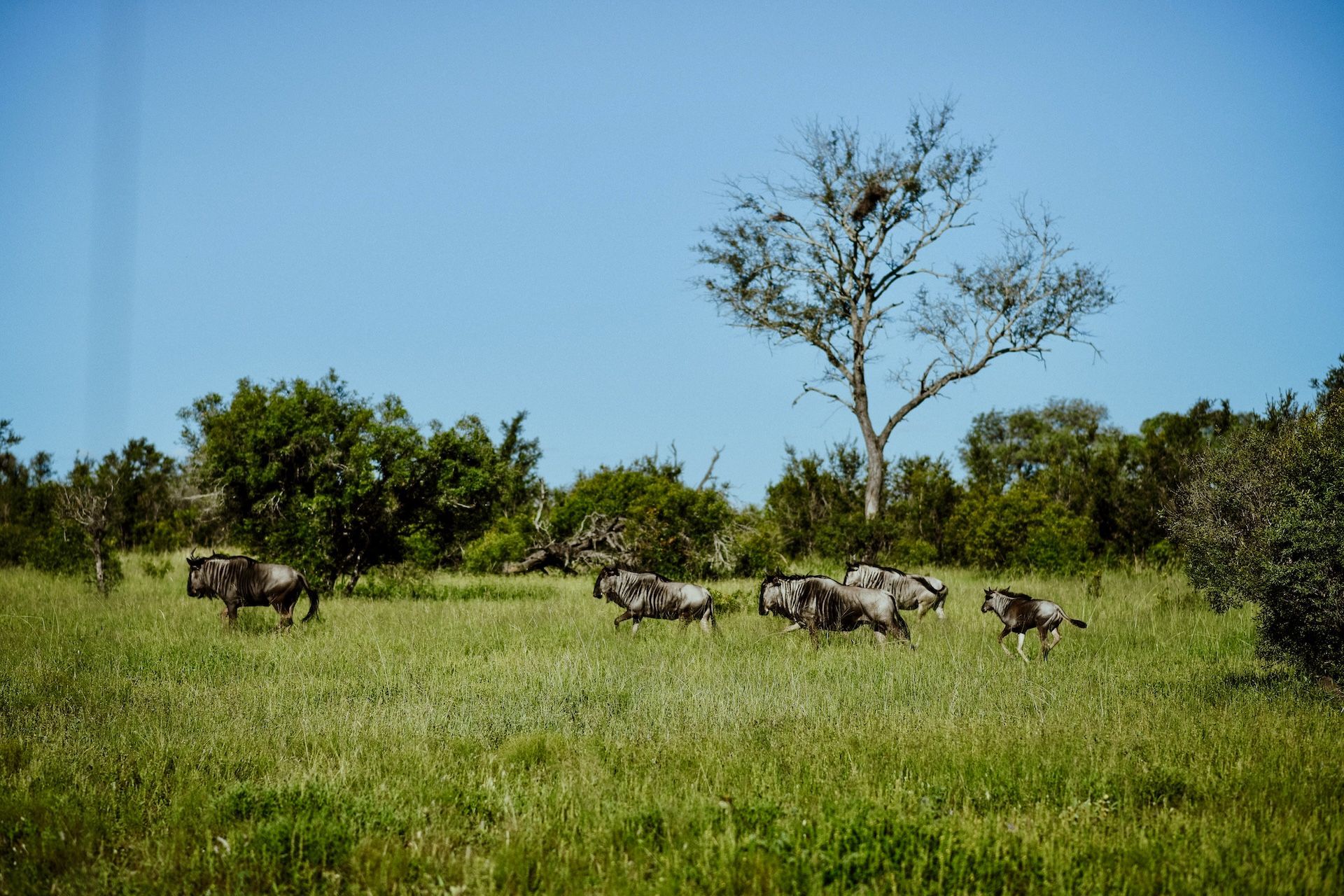
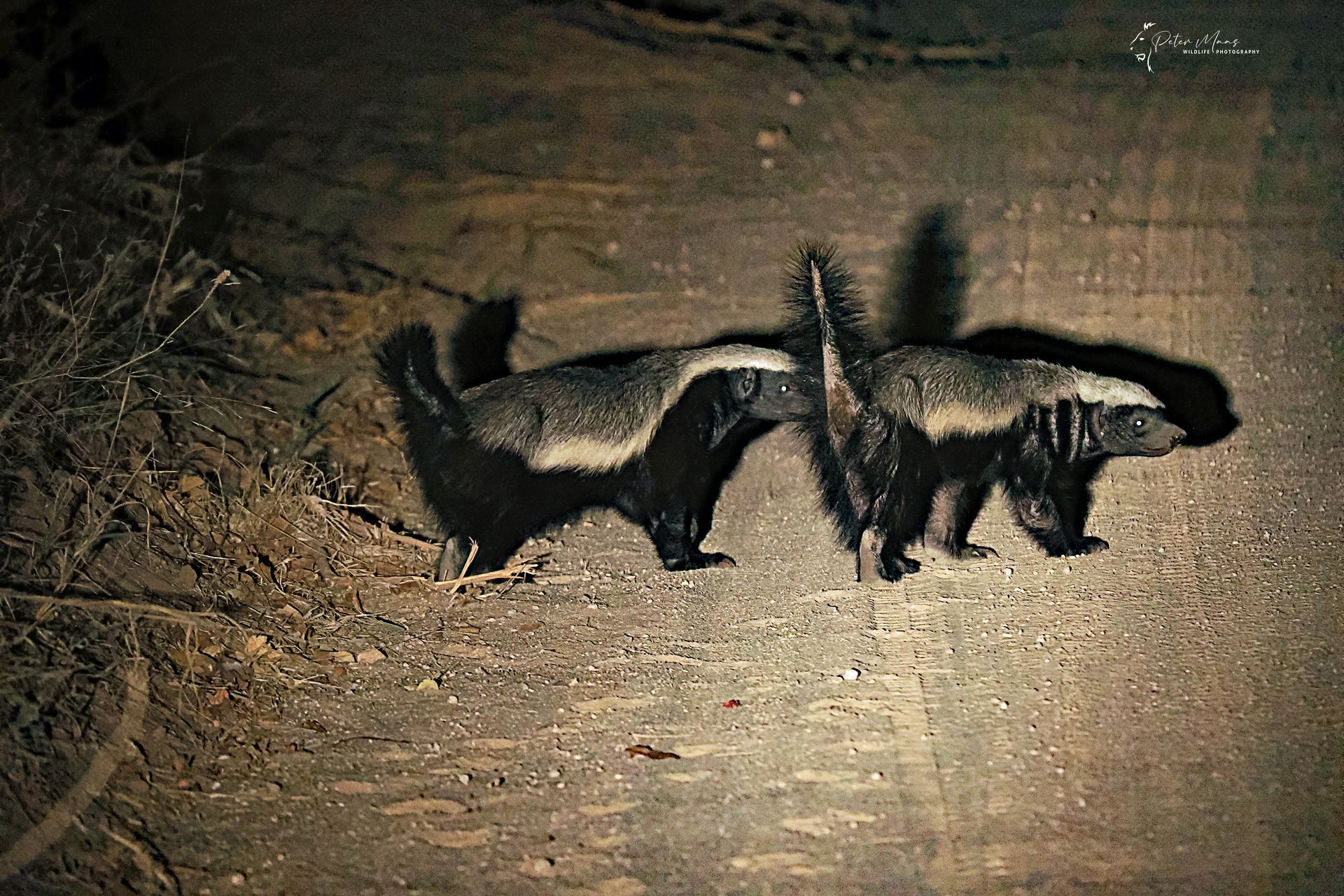
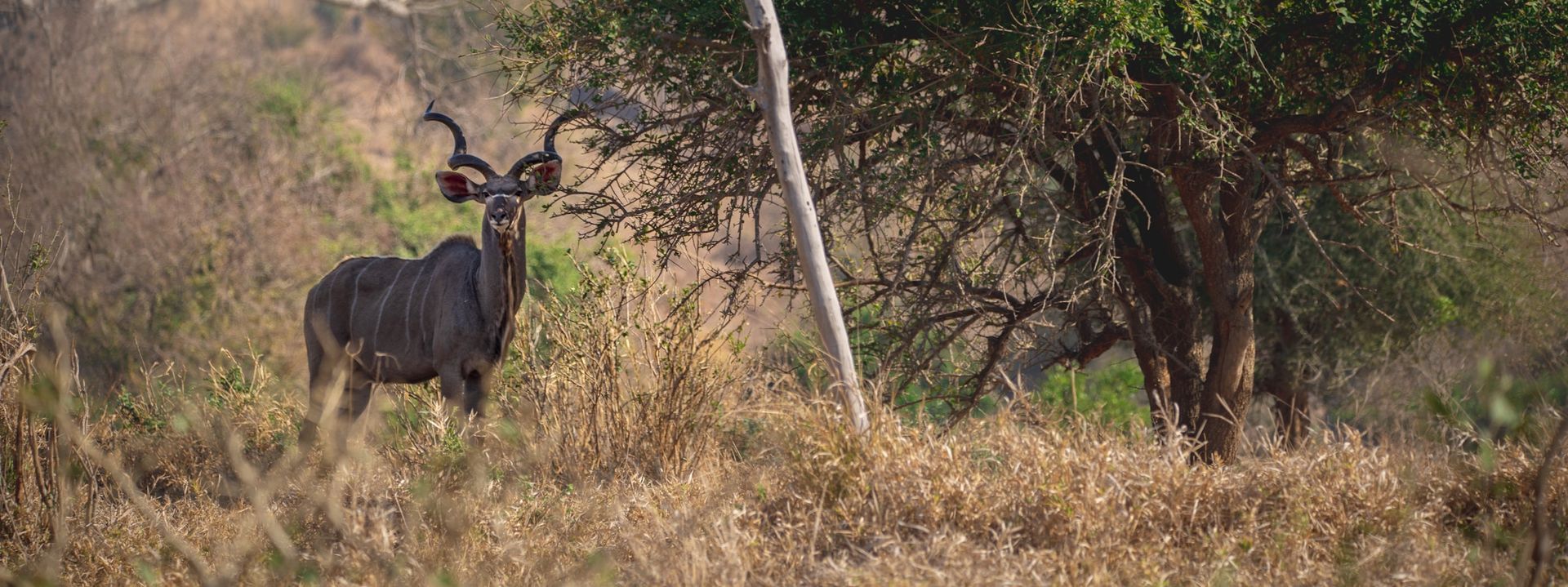
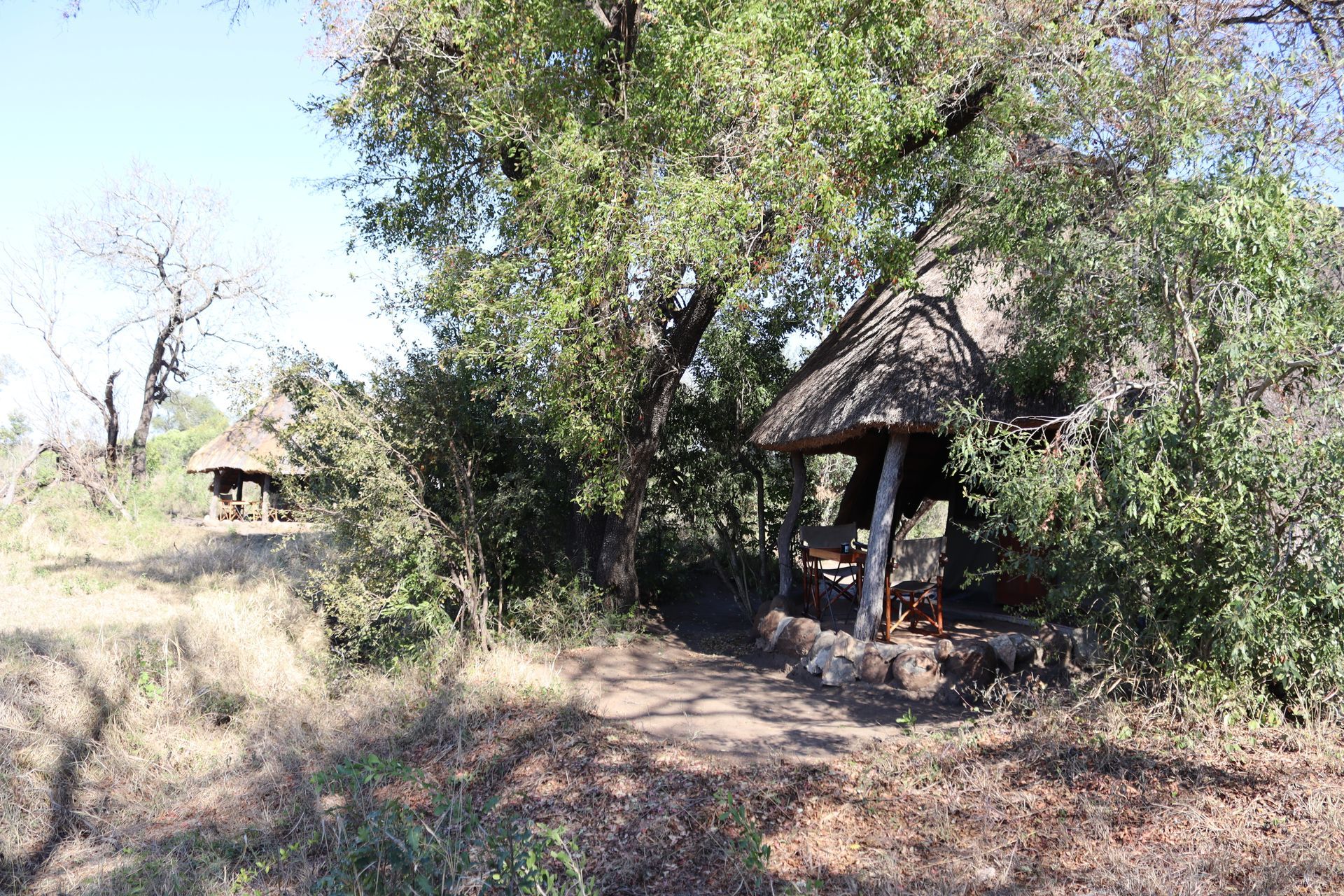
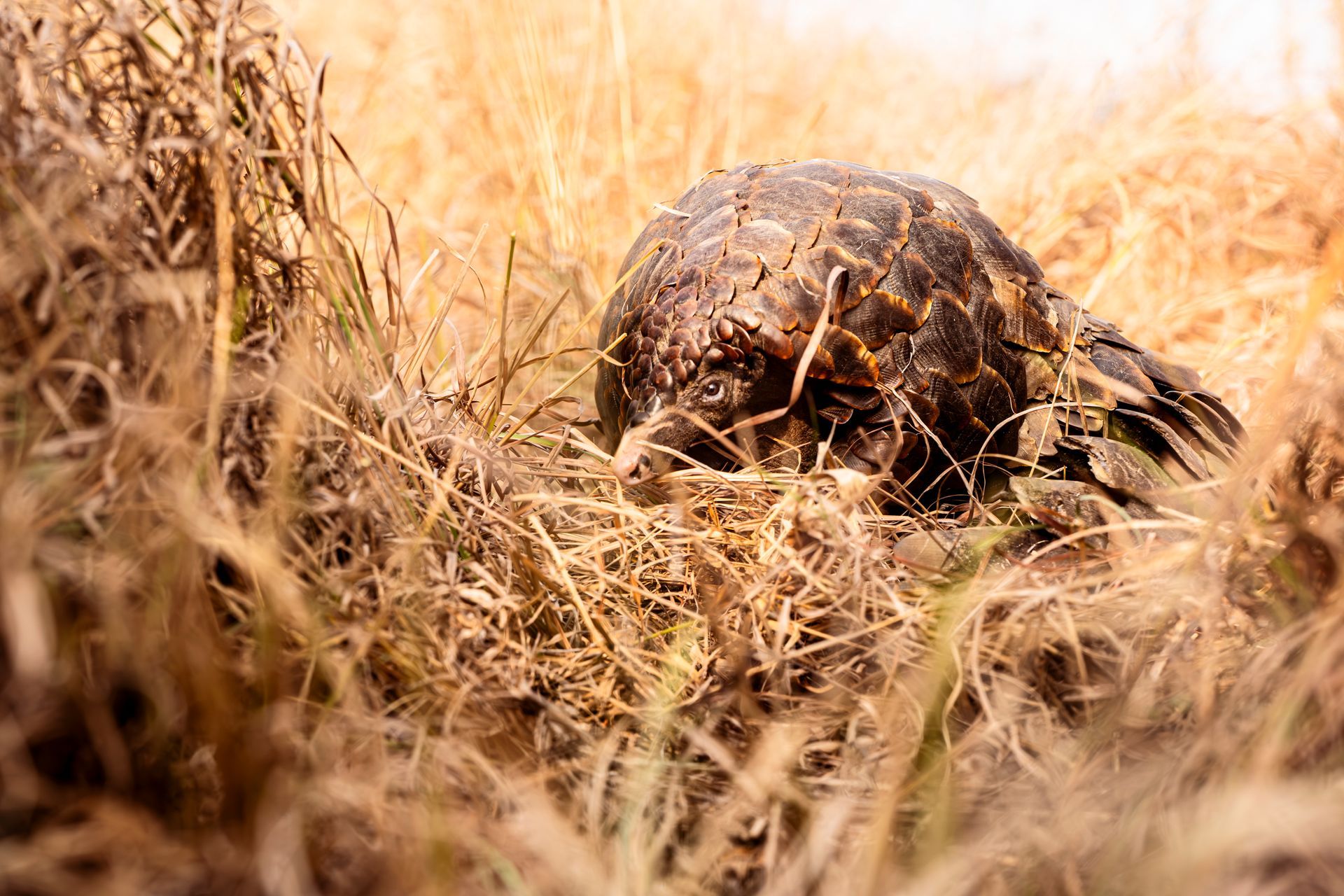
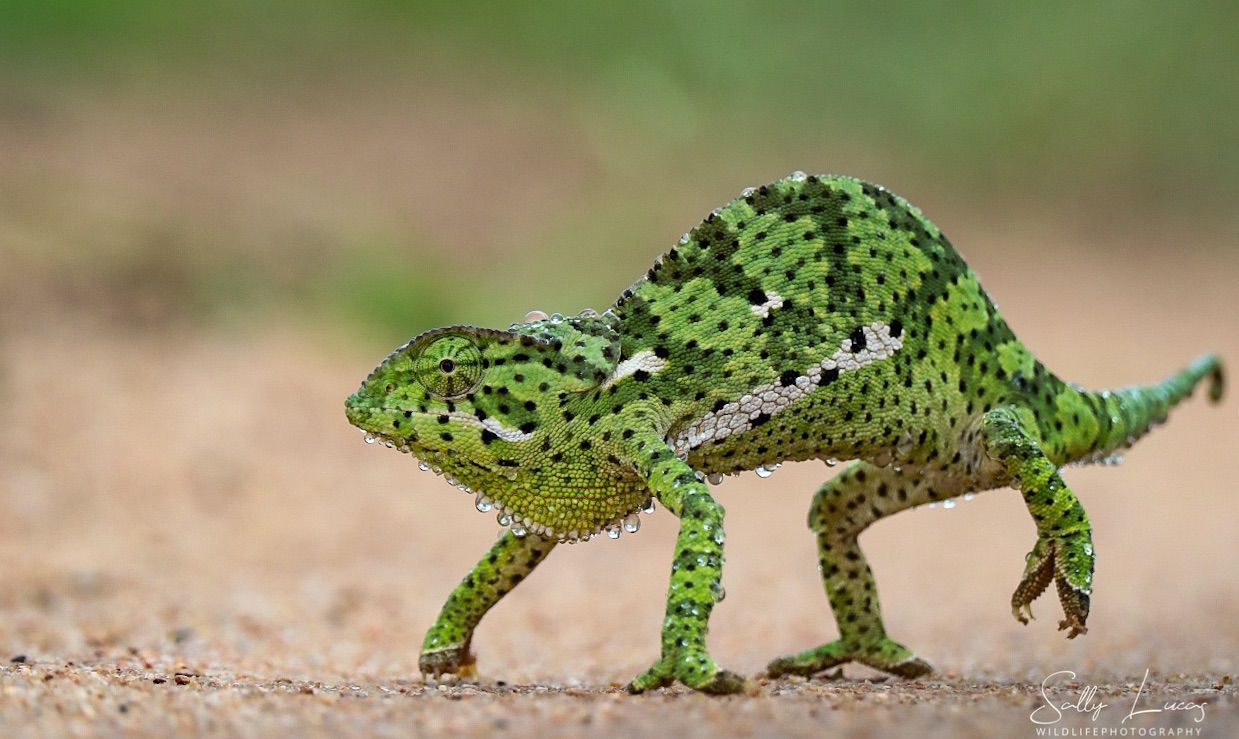
Pungwe Safari Camp
Manyeleti Game Reserve
Mpumalanga
South Africa
Tel: +27 82 853 9533
Email: info@pungwe.co.za
MENU
STAY CONNECTED
Join our Newsletter and find out more
Contact Us
We will get back to you as soon as possible
Please try again later
All images on this website have been taken at Pungwe by guests or staff
All Rights Reserved | Ingweleti Investments (Pty) Ltd T/A Pungwe Safari Camp

